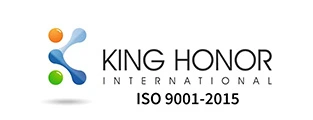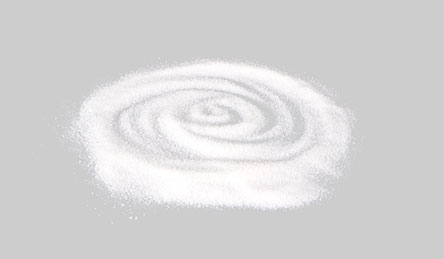
Search


Fischer-Tropsch synthetic wax is mainly used as an external lubricant in PVC processing and production. Because Fischer-Tropsch synthetic wax has small molecular weight, low melt viscosity, high melting point and narrow melting range. Less dosage can achieve the same lubricating effect, which reduces the negative impact of lubricant on the physical and mechanical properties of the product, enjoying the irreplaceable advantage of PE wax in internal and external lubrication balance adjustment.
According to the different auxiliary stabilizers, the calcium-zinc composite stabilizers on the market can be divided into: (a) calcium-zinc-hydrotalcite/renamed hydrotalcite composite stabilizers. (b) calcium zinc-polyol complex stabilizer. (c) Calcium-zinc-rare earth composite stabilizer. (d) Multi-component compounding of metal soaps such as calcium and zinc with different types of auxiliary stabilizers such as hydrotalcite, polyol, β-diketone, etc. Different system stabilizers also need to add different chemical components such as antioxidants, internal and external lubricants, etc. to achieve the final calcium-zinc stabilizer of different formulation systems.
No matter what kind of system calcium-zinc composite stabilizer is inseparable from a good lubricating system, because a good lubricating system has low volatility, good mold release and flow properties, and can improve the high temperature stability of the stabilizer, extended thermal stabilization time, reduce impurity precipitation, and improve product weather resistance.
The synergistic effect of Fischer-Tropsch synthetic paraffin wax and calcium-zinc stabilizer and other auxiliary agents is obvious, which helps the stabilizer to prolong the thermal stability time, reduce the melt viscosity, reduce the friction between molecules, molecules and mechanical walls, and improve the initial colorability of products, which has a positive effect on the mechanical properties of the product.
Waxes are the most effective modifiers of hot melt adhesive properties. The melting point and crystallinity of the wax added to the hot melt adhesive control the initial solidification temperature and curing time of the hot melt adhesive, and at the same time, affect the plasticity and tensile properties of the hot melt adhesive. Fischer-Tropsch waxes with low viscosity properties reduce polymer and resin viscosity, facilitating efficient resin mixing and pumping of hot melt adhesives.
Synthetic waxes commonly used in hot melt adhesives include PE wax and Fischer-Tropsch wax. Fischer-Tropsch synthetic wax is a saturated straight-chain alkane molecular structure with high melting point and high hardness. Compared with PE wax, Fischer-Tropsch synthetic wax has a narrow melting range and good weather resistance. Therefore, it is widely used in hot melt adhesives that require good weather resistance and high temperature resistance and fast solidification.
The processing and production of color masterbatch first need to disperse the pigment aggregates into primary particles or crystals under the action of shearing force to achieve a relatively uniform primary state. However, after the pigment agglomerates are broken up, they will re-agglomerate under the action of gravity, the Fischer-Tropsch synthetic wax can effectively wet and penetrate the pores of the agglomerated particles to coat the surface of the pigment, and better disperse the pigment aggregates under the action of shearing force to effectively prevent re-agglomeration.
According to the masterbatch processing principle, although Fischer-Tropsch wax has a good wetting and infiltration coating effect, the low viscosity of Fischer-Tropsch wax reduces the shear force of the agglomerate and makes the pigment dispersion effect poor. On the contrary, because polyethylene wax has higher molecular weight and the existence of branched chain structure, it has higher viscosity and is more suitable for color masterbatch processing.
The micronized wax formed by spraying can be used in a variety of inks and water-based/oil-based coatings because of its good spherical particles and low surface tension, providing them with good lubricating effect, and at the same time, improving the scratch resistance and wear resistance of the coating.
In addition, Fischer-Tropsch wax can also be used in cosmetics, brighteners, etc.